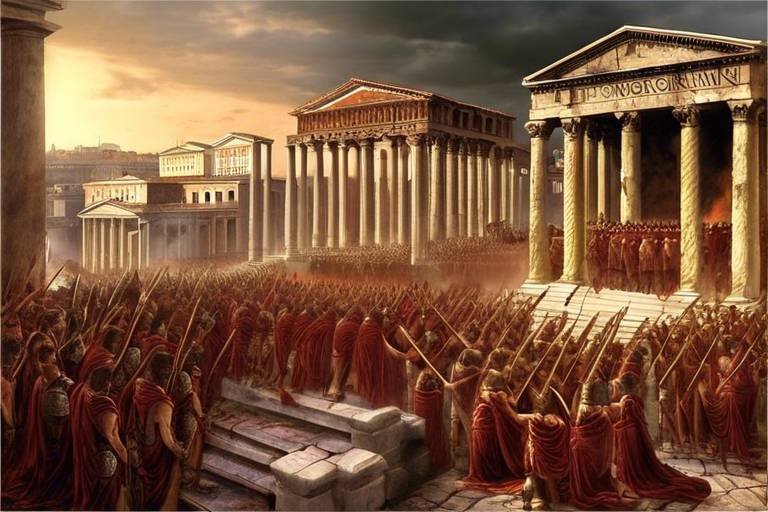The Rise and Fall of the Ming Dynasty
The Ming Dynasty, one of the most renowned dynasties in Chinese history, experienced a journey marked by both glory and downfall. Its rise to power was a tale of ambition and vision, as Emperor Hongwu laid the foundation for a new era of prosperity and stability in China. The early years of the Ming Dynasty were characterized by a strong central government, effective governance, and a focus on social welfare, setting the stage for a period of expansion and cultural flourishing.
During its peak, the Ming Dynasty witnessed remarkable territorial expansion, economic growth, and a vibrant cultural renaissance. The empire extended its influence through trade and diplomacy, fostering a rich exchange of ideas and innovations. The arts, literature, and philosophy thrived, creating a golden age of creativity and intellectual pursuit that left a lasting legacy on Chinese culture.
To strengthen its rule, the Ming Dynasty implemented significant administrative reforms, centralizing power and streamlining governance. Bureaucratic systems were restructured to enhance efficiency and accountability, ensuring better management of resources and enforcement of laws. These reforms aimed to consolidate the emperor's authority and maintain social order across the vast empire.
However, the dynasty's trajectory took a turn with the maritime expeditions led by Admiral Zheng He, which showcased China's naval prowess but also strained resources and led to a shift towards isolationist policies. This retreat from international engagement diminished the empire's global influence and left it vulnerable to external pressures and internal discord.
Internal conflicts, peasant uprisings, and rebellions emerged as formidable challenges to the Ming Dynasty's control, weakening its grip on power and sparking unrest across the land. The once-unified empire faced fragmentation and resistance, as regional forces and discontented factions sought to challenge the authority of the central government.
The Ming Dynasty's decline was further exacerbated by foreign invasions, notably by the Manchus, who exploited the empire's weaknesses and eventually overthrew the ruling dynasty. A series of military defeats and political instability hastened the fall of the Ming Dynasty, marking the end of an era that had shaped Chinese history for centuries.
As economic challenges such as inflation and corruption plagued the empire, social unrest escalated, further destabilizing the Ming Dynasty in its twilight years. The once-mighty dynasty found itself grappling with internal strife and external threats, unable to sustain its former glory and facing a grim fate that sealed its legacy in history.
Despite its eventual collapse, the Ming Dynasty left a profound impact on Chinese history, culture, and society. Its legacy endured through architectural marvels, artistic achievements, and enduring traditions that continue to shape modern China. The Ming Dynasty's influence reverberated through subsequent dynasties and generations, leaving a lasting imprint on the collective memory of the Chinese people.
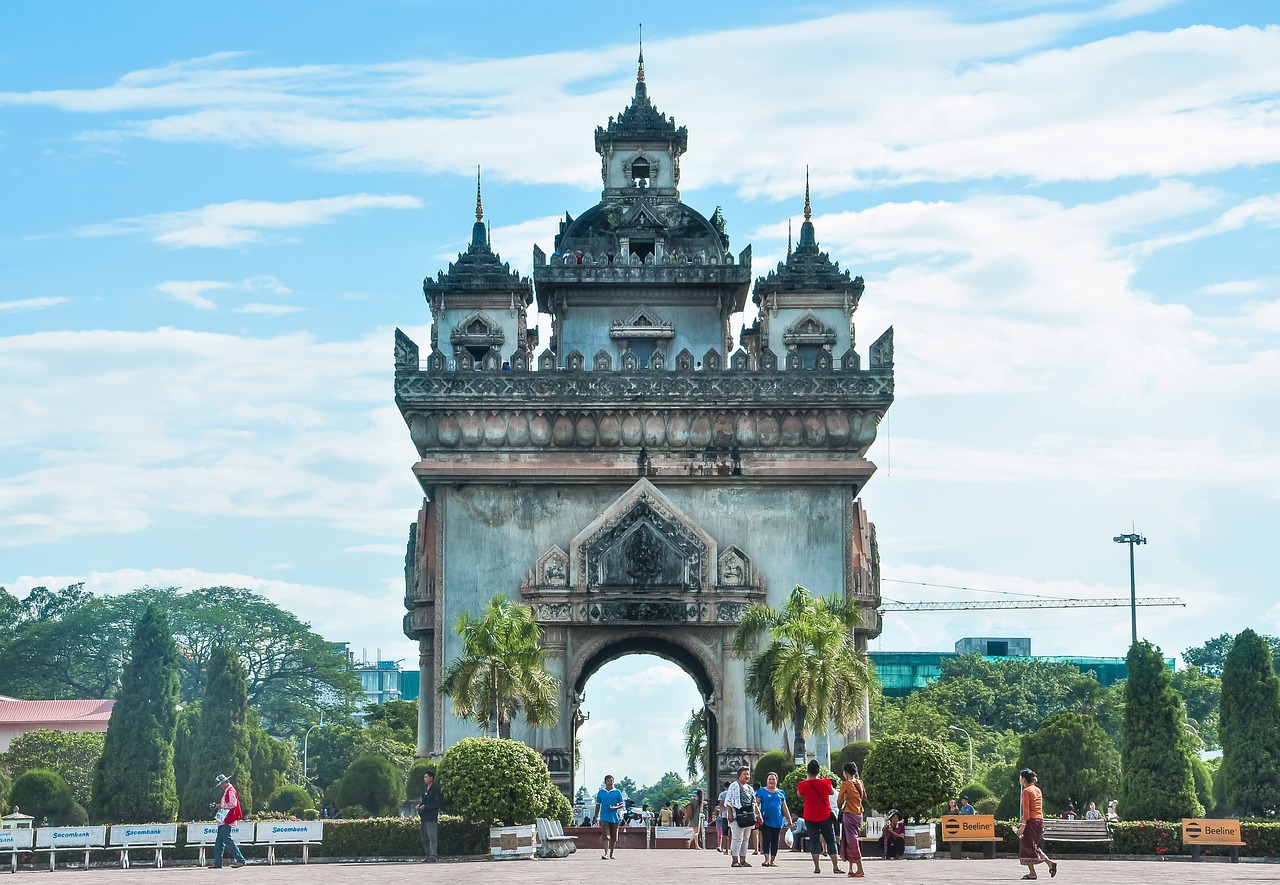
Founding of the Ming Dynasty
Exploring the significant events and factors that led to the ascension and eventual decline of the Ming Dynasty in Chinese history.
The Ming Dynasty was established by Emperor Hongwu, who rose to power after overthrowing the Mongol-led Yuan Dynasty. With a vision of restoring Chinese culture and traditions, Hongwu initiated a series of reforms to centralize power and stabilize the empire. The early years of the Ming Dynasty were marked by a sense of prosperity and stability, as the new rulers implemented policies to strengthen governance and promote social harmony.

Expansion and Cultural Flourishing
Exploring the significant events and factors that led to the ascension and eventual decline of the Ming Dynasty in Chinese history.
Overview of the establishment of the Ming Dynasty by Emperor Hongwu and its early years of prosperity and stability.
The Ming Dynasty's era was not merely a period of territorial expansion but also a time of cultural blossoming. As the empire extended its borders, it also nurtured a rich tapestry of arts, literature, and cultural achievements. Imagine a garden not only growing in size but also blooming with vibrant colors and diverse fragrances, captivating all who beheld it.
Examination of the bureaucratic reforms implemented by the Ming rulers to strengthen governance and centralize power in the empire.
Analysis of the maritime expeditions led by Admiral Zheng He and the subsequent shift towards isolationist policies that impacted the dynasty's global influence.
Exploration of the internal conflicts, peasant uprisings, and rebellions that weakened the Ming Dynasty's control and authority over its territories.
Discussion on the series of foreign invasions, particularly by the Manchus, that contributed to the gradual decline and eventual fall of the Ming Dynasty.
Examination of the economic challenges, such as inflation and corruption, along with social unrest that plagued the Ming Dynasty in its later years.
Reflection on the lasting impact of the Ming Dynasty on Chinese history, culture, and society, and its influence on subsequent dynasties and modern China.
Stay tuned for answers to common queries about the rise and fall of the Ming Dynasty, its cultural legacy, and the factors that shaped its destiny.
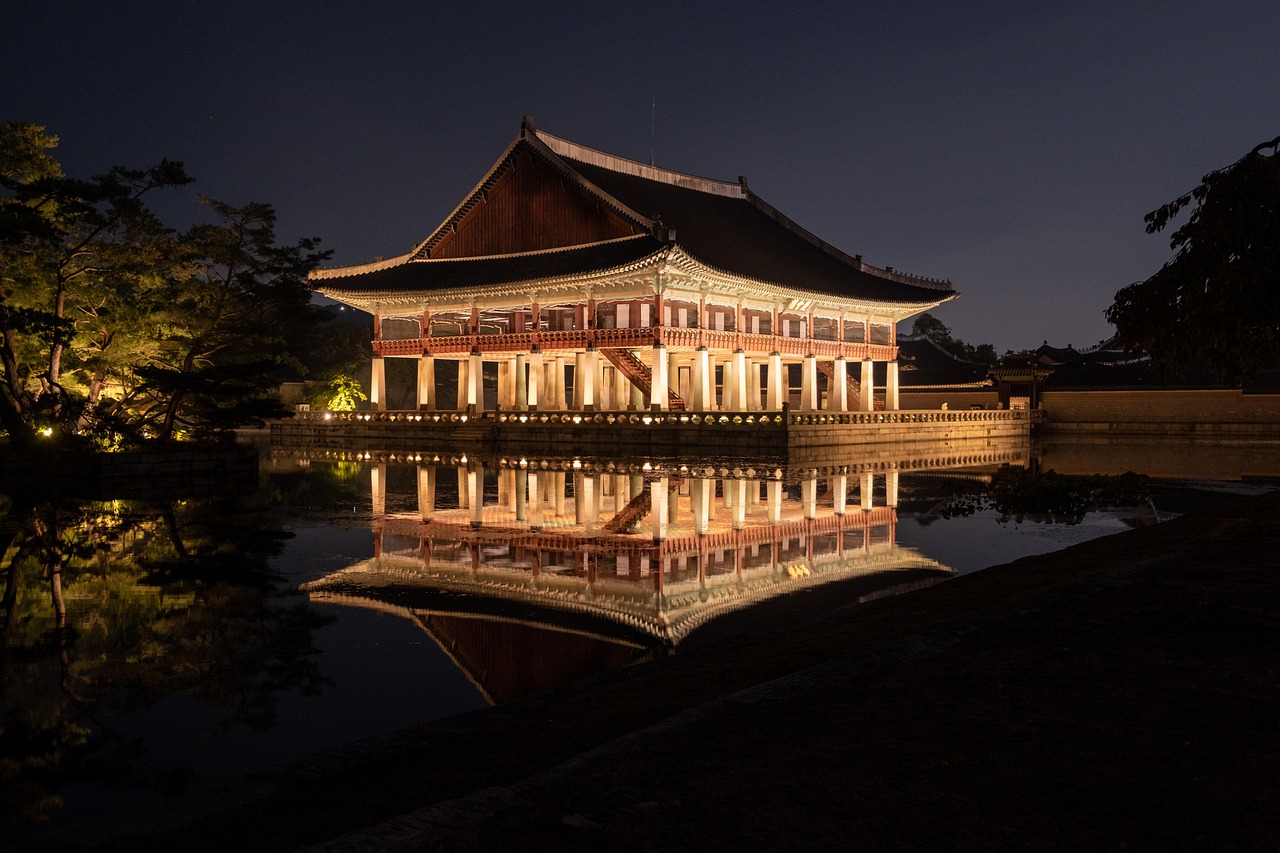
Administrative Reforms
Exploring the significant events and factors that led to the ascension and eventual decline of the Ming Dynasty in Chinese history.
Overview of the establishment of the Ming Dynasty by Emperor Hongwu and its early years of prosperity and stability.
Discussion on the Ming Dynasty's territorial expansion, economic growth, and the flourishing of arts, literature, and culture during its peak.
The Ming rulers recognized the importance of effective governance and implemented significant administrative reforms to centralize power and strengthen the empire. Emperor Hongwu established a system of civil service exams to select officials based on merit rather than birth, aiming to improve the quality of government officials. This reform helped in creating a more efficient bureaucracy and reducing corruption within the administration.
Additionally, the Ming Dynasty reorganized the tax system to ensure fair and equitable collection of taxes from the population. The implementation of standardized weights and measures across the empire enhanced trade and economic stability. The establishment of a nationwide network of communication, including the use of the imperial courier system, improved the flow of information and governance efficiency.
Analysis of the maritime expeditions led by Admiral Zheng He and the subsequent shift towards isolationist policies that impacted the dynasty's global influence.
Exploration of the internal conflicts, peasant uprisings, and rebellions that weakened the Ming Dynasty's control and authority over its territories.
Discussion on the series of foreign invasions, particularly by the Manchus, that contributed to the gradual decline and eventual fall of the Ming Dynasty.
Examination of the economic challenges, such as inflation and corruption, along with social unrest that plagued the Ming Dynasty in its later years.
Reflection on the lasting impact of the Ming Dynasty on Chinese history, culture, and society, and its influence on subsequent dynasties and modern China.
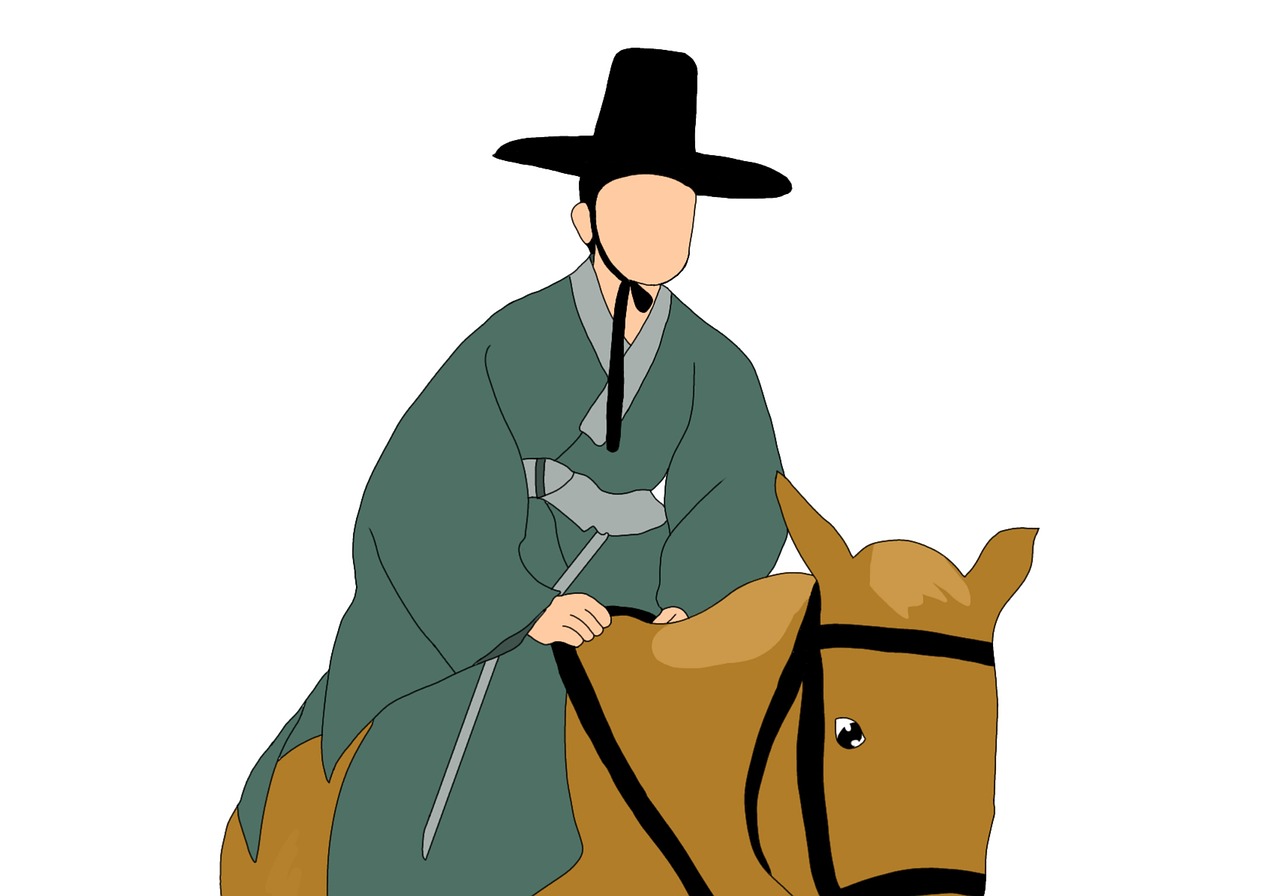
Maritime Expeditions and Isolationism
Exploring the significant events and factors that led to the ascension and eventual decline of the Ming Dynasty in Chinese history.
During the Ming Dynasty, one of the most remarkable chapters in Chinese history unfolded through the maritime expeditions led by the legendary Admiral Zheng He. These expeditions, spanning from the early 15th century, showcased the grandeur and power of the Ming Empire to distant lands, establishing diplomatic relations and expanding trade networks. The fleets under Zheng He's command sailed across the Indian Ocean, reaching as far as Africa, demonstrating China's naval prowess and cultural influence.
However, despite the initial success and diplomatic achievements of these expeditions, the Ming Dynasty later shifted towards a policy of isolationism. This change in approach was influenced by various factors, including domestic challenges, financial strain, and a shift in political priorities. The decision to halt the maritime expeditions and focus inward marked a turning point in the dynasty's engagement with the outside world.
Isolationism, while intended to protect the empire from external threats and preserve internal stability, also had repercussions on China's global standing. The withdrawal from active maritime exploration limited the empire's reach and influence in international affairs, allowing European powers to gain a foothold in Asia and reshape the dynamics of global trade.
The transition from maritime expeditions to isolationism reflected a complex interplay of political, economic, and strategic considerations within the Ming Dynasty. It symbolized a shift in priorities from outward expansion to internal consolidation, a choice that would have lasting implications for China's future interactions with the world.
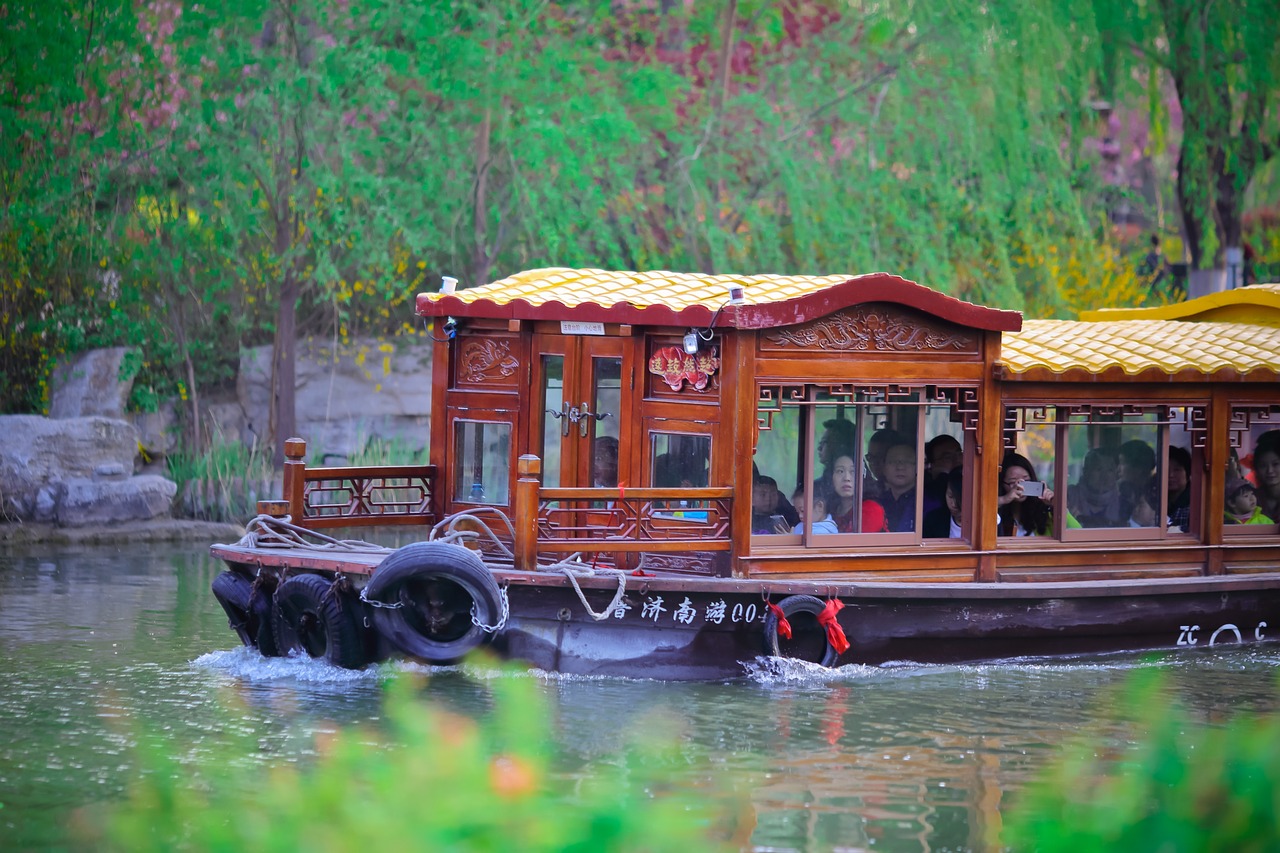
Internal Conflicts and Rebellion
During the later years of the Ming Dynasty, internal conflicts and rebellions emerged as significant challenges to the stability and authority of the ruling government. These conflicts were often fueled by a combination of social unrest, economic hardships, and dissatisfaction with the ruling elite. Peasant uprisings, such as the famous Yellow Turban Rebellion, posed a serious threat to the centralized power of the Ming rulers.
The internal conflicts were not limited to peasant uprisings; factions within the imperial court also vied for power, leading to political instability and power struggles. Corruption and inefficiency within the bureaucratic system further exacerbated the internal divisions within the dynasty, weakening its ability to govern effectively.
One of the most notable rebellions during this period was the Li Zicheng-led peasant rebellion, which culminated in the fall of the Ming Dynasty. The rebellion capitalized on the dynasty's weakened state, exploiting the internal divisions and social discontent to challenge the ruling authority.
As the internal conflicts and rebellions intensified, the Ming Dynasty struggled to maintain control over its vast territories. The inability to quell these uprisings and unify the empire under a strong central authority ultimately contributed to the decline and eventual collapse of the once-mighty dynasty.
Despite efforts to suppress the internal dissent and rebellion, the Ming rulers found themselves increasingly isolated and weakened, unable to address the underlying causes of social unrest and discontent. The internal conflicts and rebellions marked a turning point in the history of the Ming Dynasty, signaling its gradual decline and paving the way for the rise of new powers in Chinese history.

Foreign Invasions and Decline
The Ming Dynasty faced significant challenges from foreign invasions, particularly by the Manchus, which ultimately contributed to its gradual decline and eventual downfall. The Manchu invasions, led by the powerful Qing Dynasty, posed a serious threat to the Ming Empire's stability and control over its territories.
As the Manchu forces advanced further into Ming territory, the dynasty struggled to repel the invaders due to internal weaknesses and divisions. The military prowess of the Manchus, combined with the Ming's internal conflicts and lack of effective leadership, paved the way for the eventual collapse of the once-mighty dynasty.
Despite efforts to defend against the foreign invasions, the Ming Dynasty could not withstand the relentless pressure from the Manchu forces. The fall of key Ming strongholds and the capture of important cities weakened the dynasty's grip on power, leading to a state of chaos and uncertainty throughout the empire.
The foreign invasions not only highlighted the military vulnerabilities of the Ming Dynasty but also exposed its political and administrative shortcomings. The inability to effectively respond to external threats and unite against a common enemy hastened the dynasty's decline and marked the end of an era in Chinese history.

Economic Challenges and Social Unrest
Exploring the significant events and factors that led to the ascension and eventual decline of the Ming Dynasty in Chinese history.
Overview of the establishment of the Ming Dynasty by Emperor Hongwu and its early years of prosperity and stability.
Discussion on the Ming Dynasty's territorial expansion, economic growth, and the flourishing of arts, literature, and culture during its peak.
Examination of the bureaucratic reforms implemented by the Ming rulers to strengthen governance and centralize power in the empire.
Analysis of the maritime expeditions led by Admiral Zheng He and the subsequent shift towards isolationist policies that impacted the dynasty's global influence.
Exploration of the internal conflicts, peasant uprisings, and rebellions that weakened the Ming Dynasty's control and authority over its territories.
Discussion on the series of foreign invasions, particularly by the Manchus, that contributed to the gradual decline and eventual fall of the Ming Dynasty.
During its later years, the Ming Dynasty faced severe economic challenges that shook its foundation. Inflation soared, draining the resources of both the government and the common people. The once stable economy was now plagued by corruption, leading to widespread discontent among the population. Social unrest simmered as the gap between the rich and the poor widened, creating a breeding ground for dissatisfaction and rebellious sentiments.
Reflection on the lasting impact of the Ming Dynasty on Chinese history, culture, and society, and its influence on subsequent dynasties and modern China.
Stay tuned for the frequently asked questions section at the end of this article for more insights and answers to common queries about the Ming Dynasty.

Legacy of the Ming Dynasty
The Ming Dynasty left an indelible mark on Chinese history, culture, and society, shaping the country in profound ways that are still evident today. One of the most enduring legacies of the Ming Dynasty is its architectural achievements, notably exemplified by the construction of the iconic Forbidden City in Beijing. This magnificent imperial palace complex stands as a testament to the grandeur and sophistication of Ming architecture, showcasing intricate designs and meticulous craftsmanship.
Besides architecture, the Ming Dynasty made significant contributions to the arts and literature, fostering a golden age of creativity and cultural flourishing. Ming artists excelled in various forms, from painting and calligraphy to ceramics and poetry, producing masterpieces that continue to be revered for their beauty and craftsmanship. The era also saw the publication of literary classics like "Journey to the West" and "Romance of the Three Kingdoms", which have endured through the centuries as literary treasures.
Furthermore, the Ming Dynasty's legacy extends to technological advancements and innovations that propelled China forward. The development of porcelain production techniques reached new heights during this period, leading to the creation of exquisite porcelain wares coveted around the world. Additionally, advancements in agriculture, such as the introduction of new crops and irrigation methods, helped bolster food production and improve the lives of the populace.
From a social perspective, the Ming Dynasty's emphasis on Confucian values and ethical governance left a lasting impact on Chinese society. The dynasty's promotion of moral integrity, filial piety, and social harmony influenced societal norms and ethical standards for generations to come. The civil service examination system, which recruited officials based on merit rather than hereditary privilege, also played a crucial role in shaping the bureaucratic structure of Chinese governance.
Moreover, the Ming Dynasty's legacy in international relations is evident in its diplomatic exchanges and cultural interactions with neighboring countries and beyond. The maritime expeditions led by Admiral Zheng He not only showcased China's naval prowess but also facilitated trade and cultural exchange with Southeast Asia, India, Africa, and the Middle East. These interactions laid the groundwork for future maritime trade routes and cultural diffusion, contributing to the global interconnectedness of the time.
In conclusion, the legacy of the Ming Dynasty endures as a testament to the richness and complexity of China's historical tapestry. Its influence on art, architecture, literature, technology, governance, and international relations continues to resonate in modern China, underscoring the enduring impact of this illustrious dynasty on the nation's identity and cultural heritage.
Frequently Asked Questions
- What were the main reasons behind the rise of the Ming Dynasty?
The Ming Dynasty rose to power primarily due to the successful rebellion led by Emperor Hongwu against the Mongol-led Yuan Dynasty. Additionally, the Ming rulers implemented effective administrative reforms and focused on economic development, contributing to the dynasty's prosperity.
- How did the Ming Dynasty contribute to the cultural flourishing of China?
The Ming Dynasty witnessed a significant cultural renaissance, with advancements in arts, literature, and architecture. Notable achievements include the construction of the Forbidden City, the development of Ming porcelain, and the flourishing of traditional Chinese painting and calligraphy.
- What led to the decline of the Ming Dynasty?
Several factors contributed to the decline of the Ming Dynasty, including economic challenges like inflation and corruption, internal conflicts, foreign invasions, and the dynasty's shift towards isolationist policies. These issues weakened the dynasty's authority and eventually led to its downfall.
- What was the legacy of the Ming Dynasty on Chinese history?
The Ming Dynasty left a lasting impact on Chinese history, culture, and society. Its administrative reforms, cultural achievements, and architectural marvels continue to influence modern China. The Ming Dynasty also set the stage for subsequent dynasties and played a crucial role in shaping the country's identity.



















